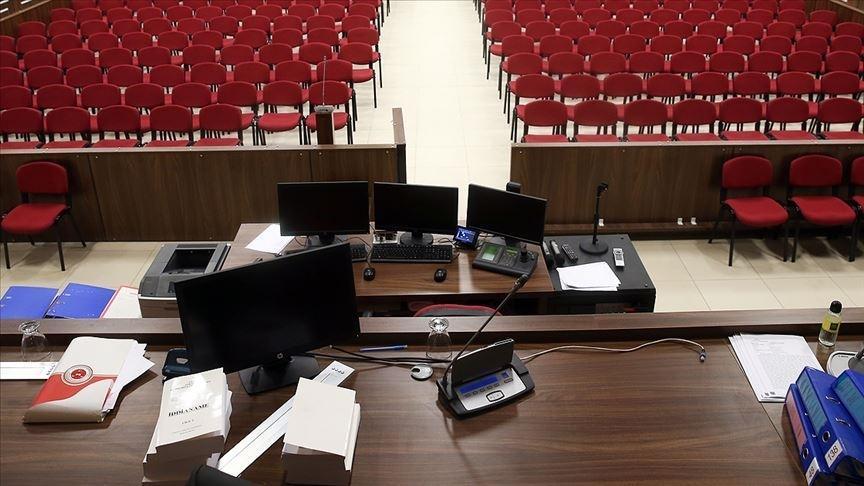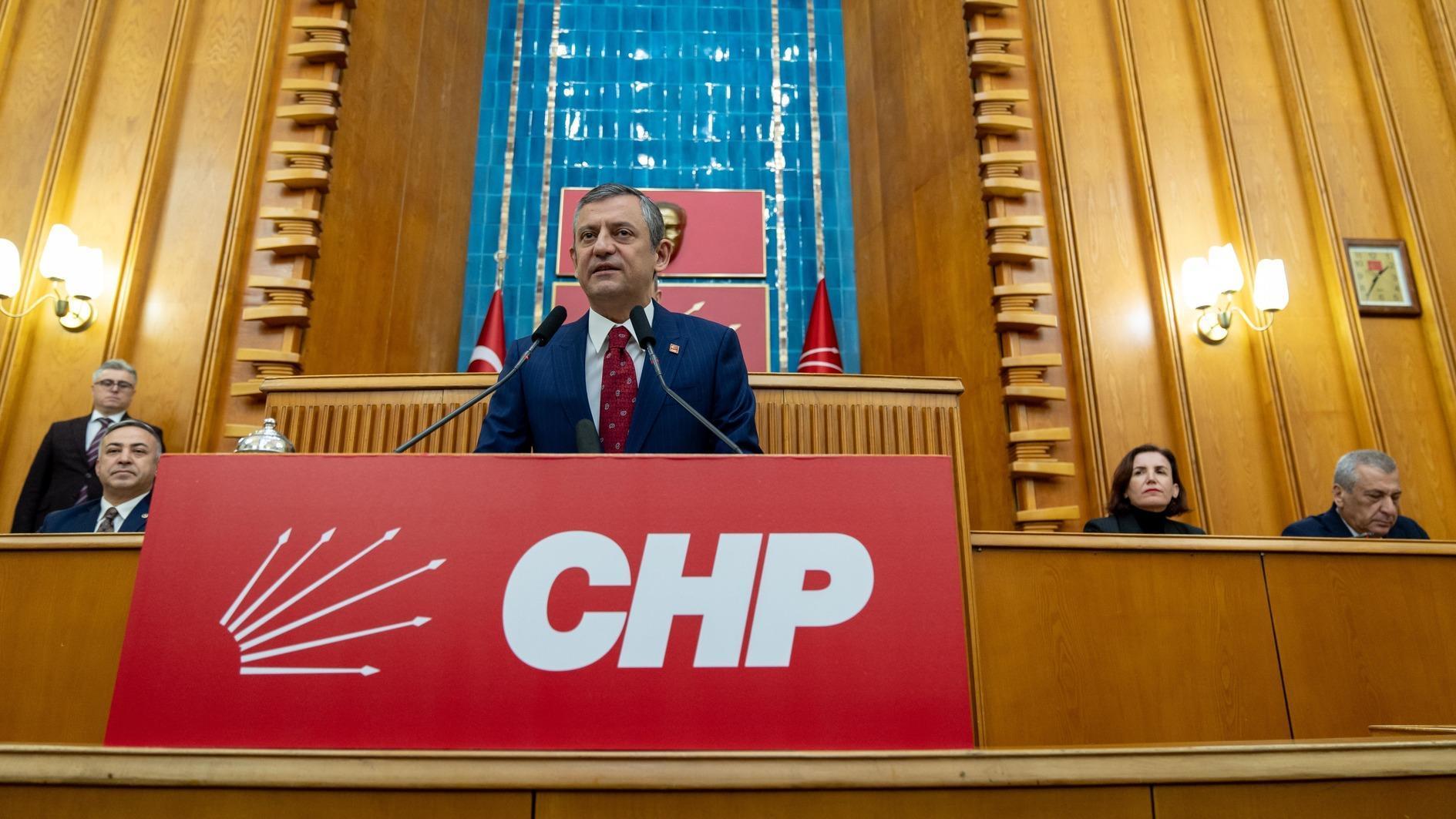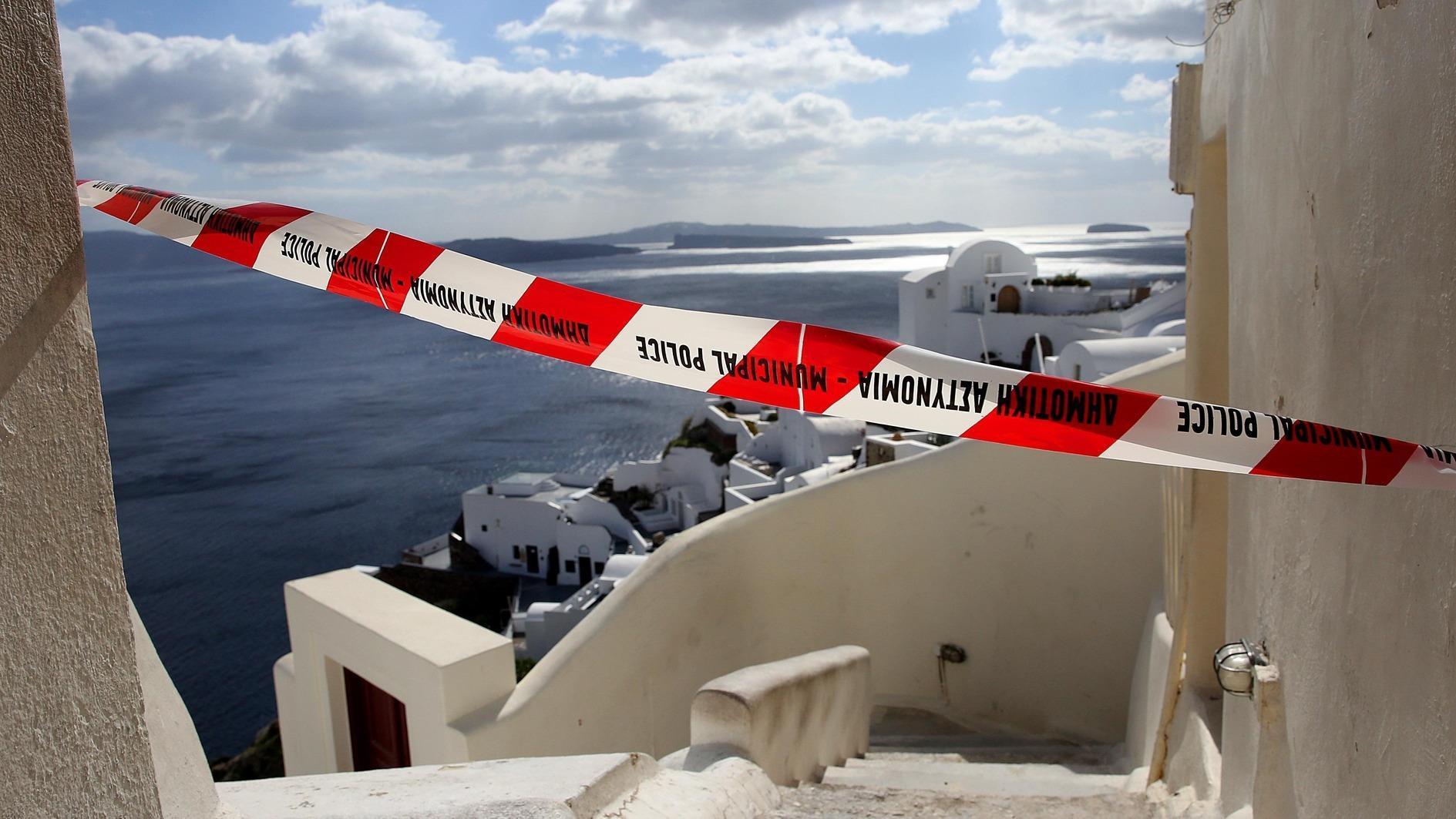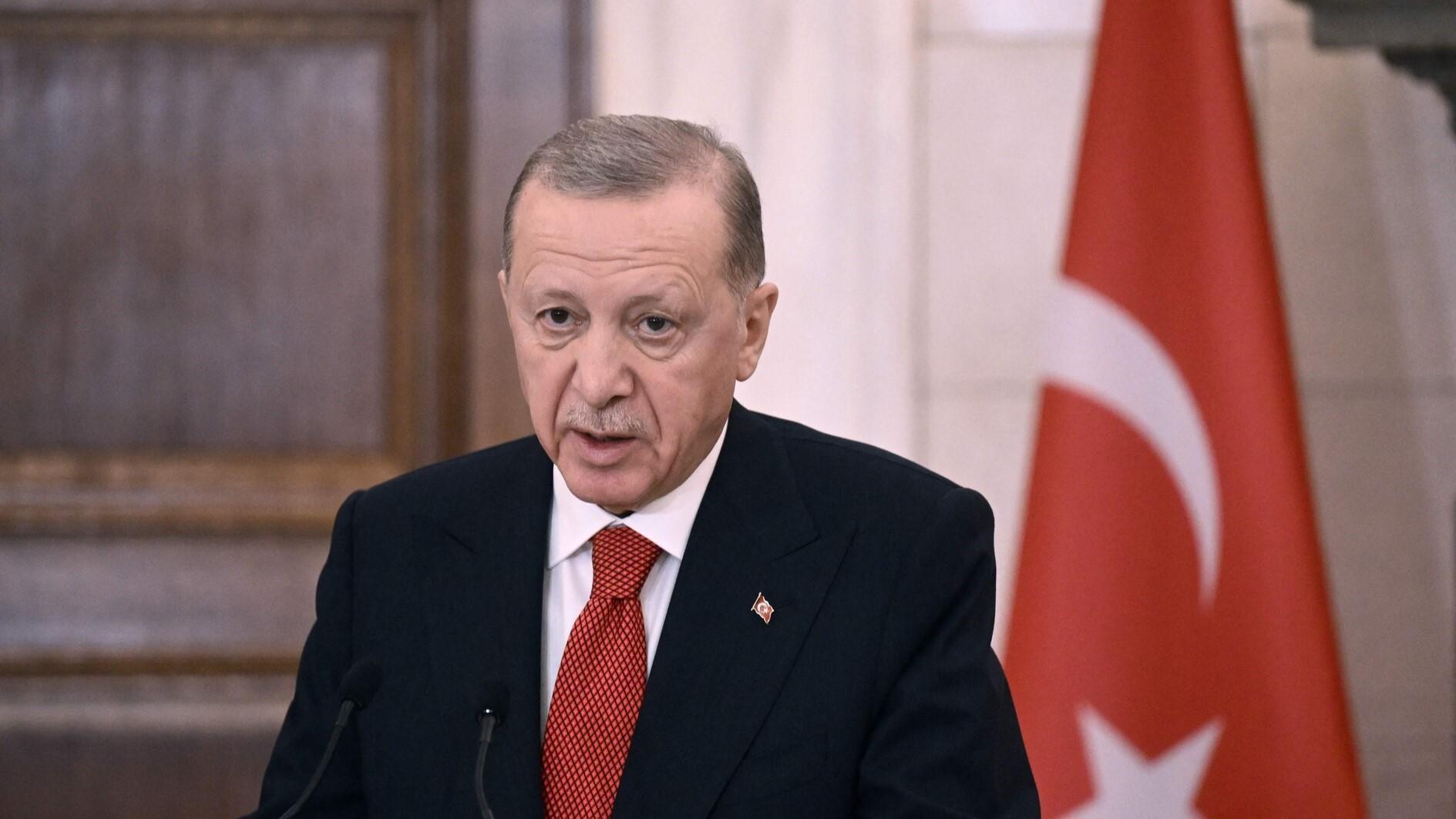Türkiye honors centennial of its first indigenous flight
ISTANBUL
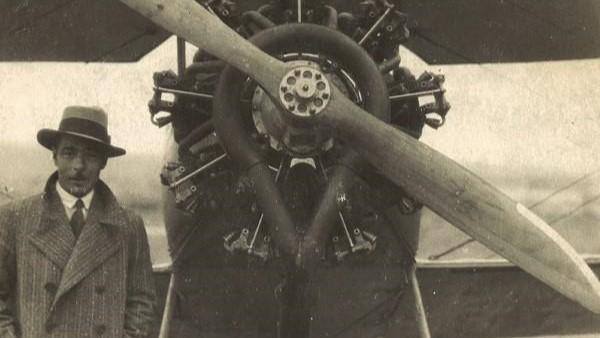
A century ago, on Jan. 28, 1925, Türkiye’s first domestically produced aircraft, the Vecihi K-6, soared into the skies for its maiden flight, marking a pivotal moment in Turkish aviation history.
Designed and built by Vecihi Hürkuş, a pioneering aviator and engineer, the plane symbolized resilience, determination and ingenuity in the face of immense challenges.
Vecihi Hürkuş began constructing the Vehici H-6 on June 24, 1923, in the western city of İzmir, at the age of 29. Despite completing the training and reconnaissance aircraft in just under a year, bureaucratic hurdles delayed its first flight.
Determined to test his creation, Hürkuş took the initiative to fly the aircraft without official authorization. At precisely 3 p.m. on Jan. 28, 1925, in Seydiköy (now Gaziemir), Hürkuş took off in the Vecihi K-6.
The aircraft, capable of speeds up to 200 kilometers per hour, successfully completed a 15-minute test flight, witnessed by an enthusiastic crowd of friends, officials and locals.
The celebratory atmosphere at the airfield, however, was replaced by frustration when Hürkuş faced punishment for his unauthorized flight. He was fined half a month’s salary and sentenced to 10 days of house arrest.
In his own words, published by the April 1925 issue of Resimli Ay Magazine, Hürkuş criticized the failure to approve the test flight of the aircraft with reproachful words, describing himself as “a father crying beside his sick child who is doomed to die.”
“I was going mad with grief. I had no doubt about my plane’s capabilities and had proven its reliability with scientific evidence, yet they wouldn’t permit a test flight,” he wrote.
“My patience wore thin, and one day, I secretly rolled my plane out, filled its engine with fuel, and flew. As I climbed, my spirit soared with pride.”
The Vecihi K-6 was crafted using materials salvaged from Greek military planes seized during the Turkish War of Independence.
While Hürkuş designed 16 aircraft projects throughout his career, the Vehici K-6 remains the cornerstone of his legacy.
According to Bahadır Gürer, the head of the Vecihi Hürkuş Museum Association, “The K-6 was the first civilian Turkish aircraft, and it laid the groundwork for Türkiye’s aviation aspirations.”
Highlighting the significance of the 100th anniversary of the K-6’s first flight, Gürer said, “This date is monumental for Türkiye. If we have progressed in aviation today, it all began with Vecihi K-6.”
“To be able to carry out such a daring flight without permits and aware of the risks involved, knowing that this courage, heroism and self-sacrifice would be punished, is a golden nail in history. We need to properly understand and celebrate this event.”


